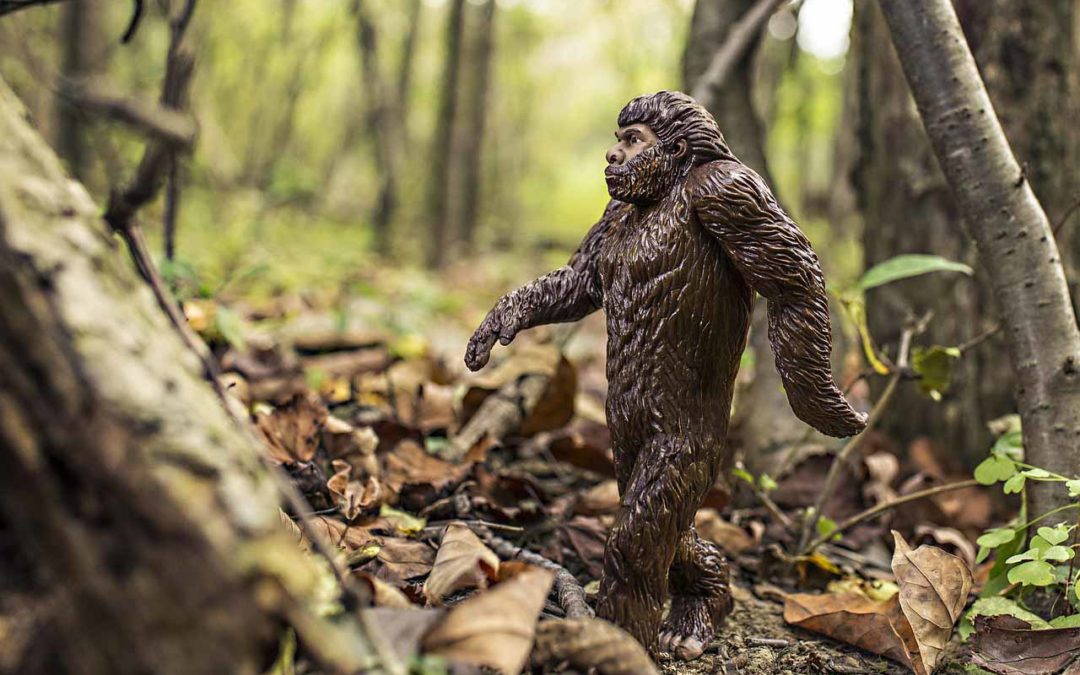Dental plaque is a modern day pain, causing problems like gingivitis and tooth decay if not properly dealt with. But researchers have recently discovered a positive use for plaque — providing clues and insights into the distant past of our species.
A group of archeologists from the University of Liverpool recently concluded a dental study on Neanderthal skeletons from caves in Spy, Belgium and El Sidrón, Spain. Neanderthals didn’t practice great dental hygiene, which likely caused them a great deal of discomfort, but turned out to be a great boon to modern science. By studying the DNA components of the Neanderthal’s ancient plaque, archeologists were able to learn many valuable and fascinating lessons about our long-ago ancestors’ diets and lifestyles.
Who Were the Neanderthals?
Neanderthals were a sub-species of human that share 99.7% of their DNA with Homo sapiens. They are thought to have interbred with our species before going extinct about 40,000 years ago. Neanderthals originated in Africa but migrated far, living all over modern-day Europe and the Middle East. Neanderthals were hunter-gatherers who lived off the land, used primitive tools and hunted with basic weapons. They produced cave paintings and lived in small, nomadic groups.
What Did Neanderthals Eat?
Based on the archeologists’ research, the Neanderthal diet was not the same everywhere. The specimens from Spy, Belgium feasted mainly on meat, with their dental plaque showing the DNA remnants of woolly rhinoceroses, horses, mammoths and reindeer. In contrast, the Neanderthal teeth from Spain revealed a mainly vegetarian diet, with cuisine including mushrooms, pine nuts, and moss.
Scientists concluded that the Neanderthal diet was based on opportunism and adaptability. The hominids learned to live based on whatever was available in their ecosystem, thriving on meat- and plant-based diets alike. Researchers believe that this resiliency is the secret to the long life span of the species.
Other Neanderthal Teeth Takeaways
Another interesting finding from the study revealed more than just the Neanderthal diet. It seems that these early hominids were also well-versed in basic medicines. The Neanderthal skeleton from Spain showed signs of a painful tooth abscess — unsurprising considering their lack of dental hygiene — as well as poplar tree bark. Poplar trees naturally contain salicylic acid, which is the active ingredient in aspirin. Researchers were fascinated to discover that our ancient ancestors were self medicating with foraged painkillers.
Additionally, the anthropologists were able to examine the mouth bacteria from the Neanderthal dental plaque. Like their diets, the oral bacteria differed in Neanderthals based on their geographic origins. The Spanish specimens shared more common bacteria with chimpanzees, while those from Belgium had some of the same bacteria that lives in the mouths of humans today.
Plaque, Past and Present
While this study was incredibly useful for expanding our understanding of Neanderthal culture and diets, it also draws attention to important lessons about dental health that are relevant today. Just like our ancestors of the distant past, we are vulnerable to oral bacteria which, when allowed to harden into plaque, can have a long-lasting effect on our dental health. Next time you second guess flossing or brushing your teeth, consider the plaque still on the Neanderthals’ teeth over 40,000 years later. If not removed on a daily basis, plaque can become a big problem.

